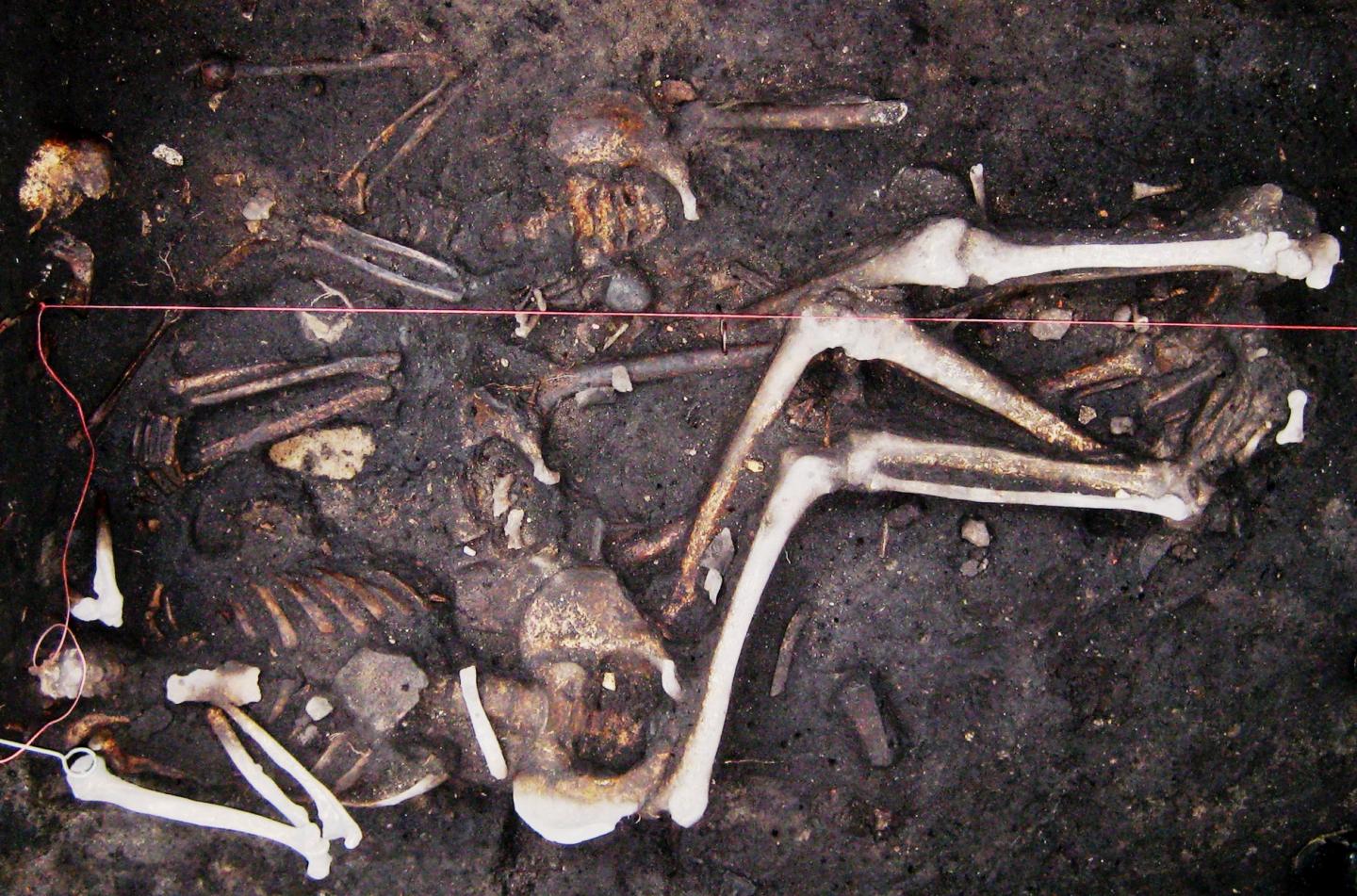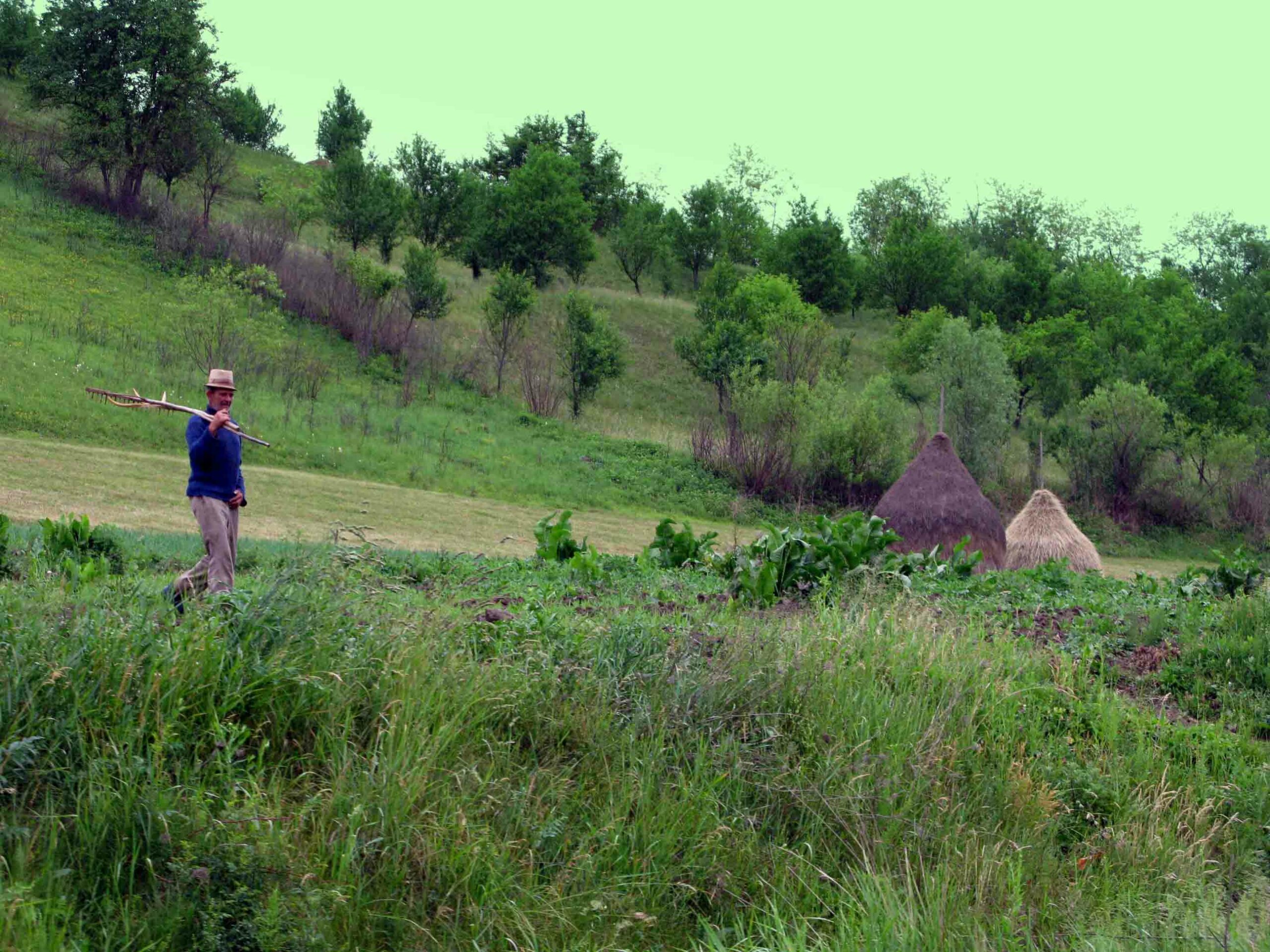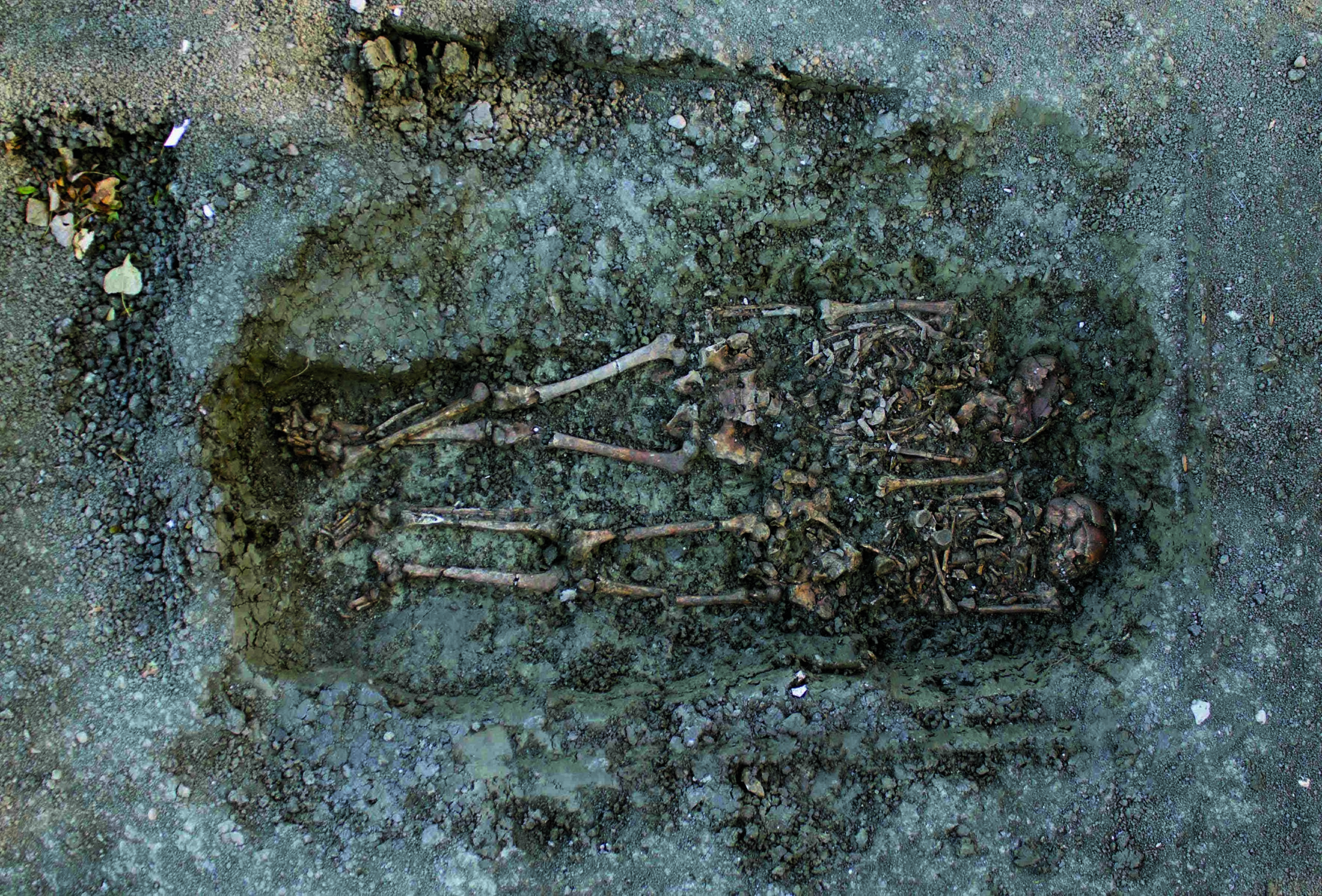
MUNICH, GERMANY—A team led by Lisa Seifert of Ludwig Maximillian University obtained DNA samples from 30 plague victims who died in Germany during the second plague pandemic, which occurred from the fourteenth to seventeenth centuries. The scientists found that eight of the 30 skeletons tested positive for the bacteria Yersinia pestis, whose role in the second plague pandemic has been debated. The bacteria’s genetic material was highly similar to that of plague victims from other European countries. In addition, the eight samples had an identical Y. pestis genotype. It has been thought that Y. pestis arrived from Central Asia in multiple waves during the second pandemic, but these results, reported in PLOS ONE, suggest that there may have also been a yet unknown reservoir host in Europe. To read more, go to "A Parisian Plague."











